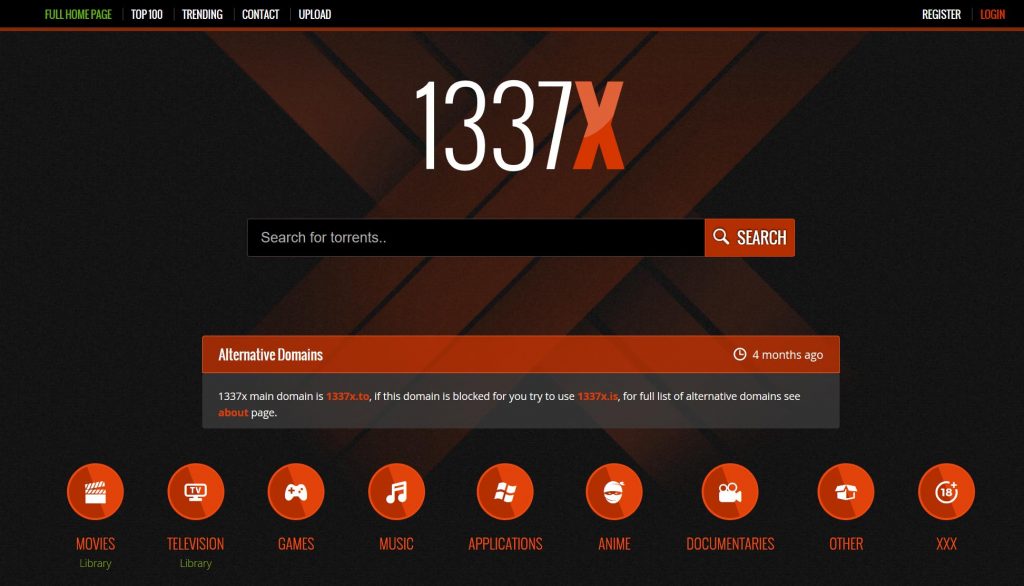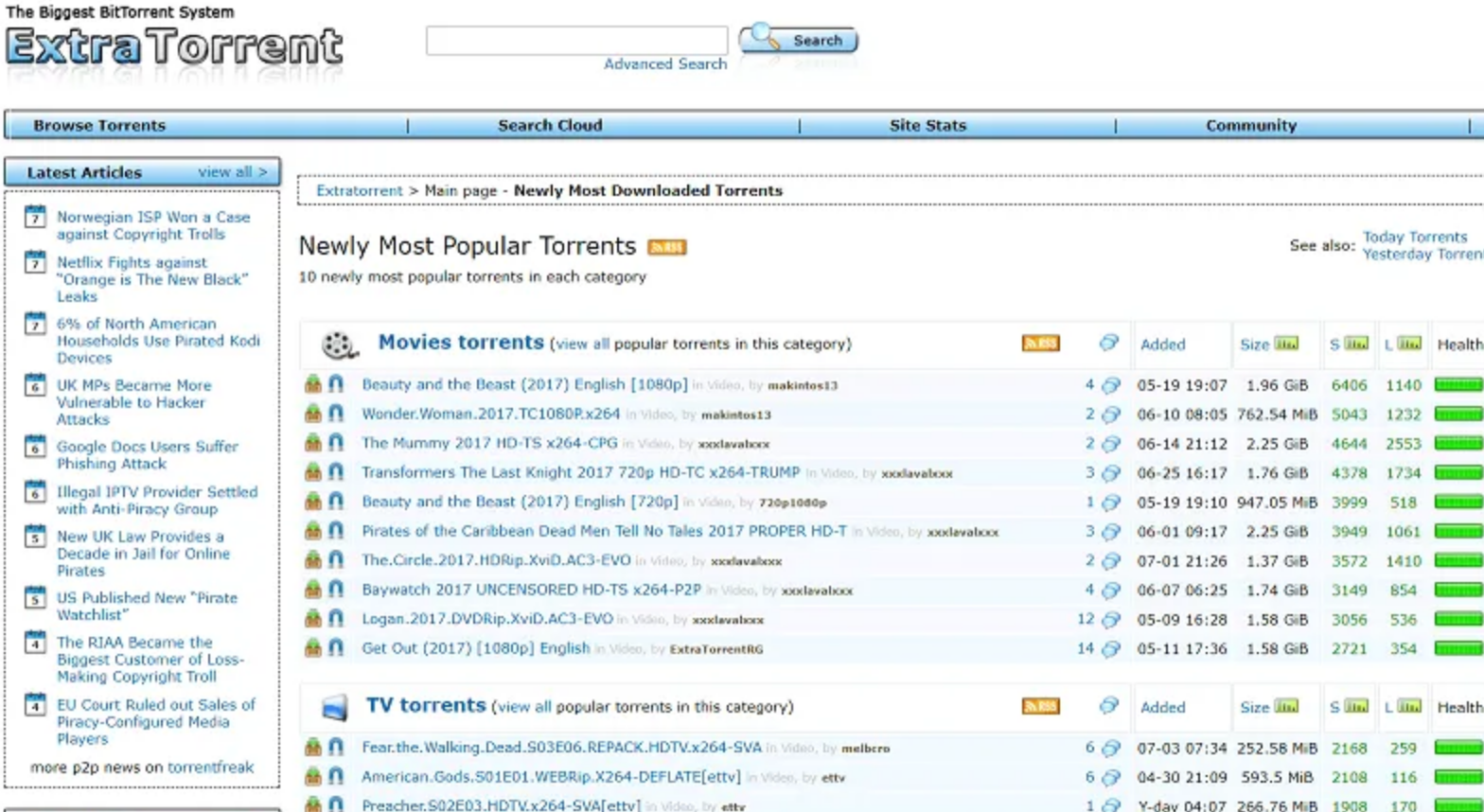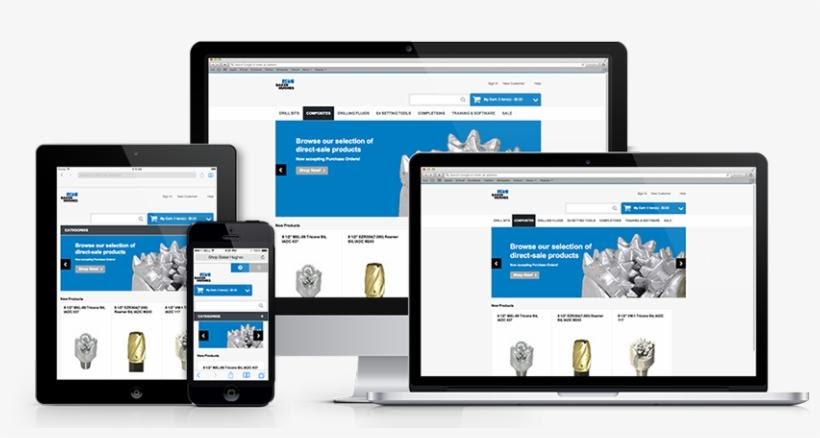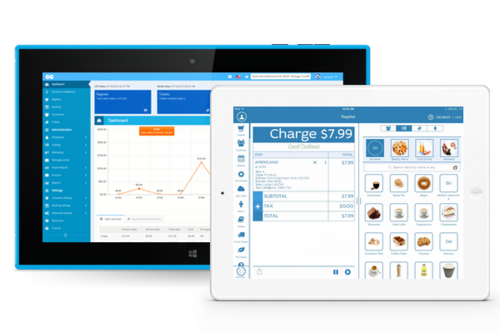The accounts payable process has a significant impact on your business’ cash flow. Streamlining your business accounts payable process can help maintain good relationships with your vendors, which can benefit you. If you haven’t found the perfect workflow for your accounts payable process. Accounts payable refers to the amount you owe suppliers for goods or services that you purchase from them on credit. Paying attention to your debt processing is very important — if anything goes wrong in your debt processing, your entire business will be in jeopardy.
Let’s say your vendor ships the item you ordered and after delivery you see that they have charged you more than the agreed amount. To prove them wrong, you search for the appropriate purchase order, but you can’t find it! It turns out that one of your employees skipped the purchase order issuance process, because getting approval was time-consuming and they didn’t want to miss the initial discount the vendor was offering. In a situation like this you are caught in a serious dilemma should you pay the vendor or not? One small mistake can mess up your debt system and your relationship with your vendors.
In this article I have listed some common problems and how to solve them. When it comes to accounts payable, there is always room for improvement.
Manual data entry: A typical accounts payable process involves entering the small print of a vendor invoice, getting it approved, then completing the payment. If manual data entry is involved in each step, there’s an increased possibility of errors, which may cause incorrect calculations, incorrect payments, and a rippling negative effect on your business’ finances. to seek out and rectify errors, you’ll need to undergo your spreadsheets manually until you notice them. That wastes tons of your time , which might be put to raised use.
Missing purchase orders: Generating purchase orders is vital, because they assist you avoid duplicate orders and unauthorized purchases. Purchase orders also allow you to trace what items you’ve ordered, and therefore the purchase amount you had prescribed. Many business owners skip the acquisition orders, saying it’s difficult and time-consuming to make them manually.
Payment errors: be careful for duplicate payments! Suppliers will often send a second invoice if the primary one hasn’t been paid off quickly, and you’ll mistakenly find yourself paying for both. If you own a business that operates from multiple locations, there are often confusion about which location is paying which vendor invoice. Duplicate payments negatively impact your income, and unless you’ll single out the duplicate payment from your records and initiate a refund from your vendor, your money are going to be lost forever.
Maintaining manual records: consistent with a study by CFO, manual processing of paper invoices adds about 62% to a company’s labor costs. A typical purchase transaction generates two documents — the seller invoice and a sale order — but that number can easily increase for special circumstances. As your firm scales up, so will its purchase transactions and therefore the number of documents it’s to handle. In a situation like this you face two problems, storage costs and difficulty keeping track of your documents.
If your accounts payable process is complex, error-prone, and overwhelming, it’s time to figure on making it better, Here 5 best practices and solutions for your accounts payable process:
Automate your accounts payable process
There are solutions to every problem described above, and therefore the common divisor altogether of these solutions is automation, accounts payable automation process will improve its quality, accuracy, and speed. With manual processing out of the image, you’ll stop losing invoices, making late or double payments, or finding yourself with a negative income.
Firstly, you’ll bid goodbye to manual data entry and errors. If your suppliers provide the choice, always choose digital invoices in order that you’ll import them on to your accounting software rather than manually entering the small print. If you employ accounting software that comes with a scan-and-pay feature, you’ll snap an image of the seller invoice and upload it to capture as a sale transaction.
Most accounting software also provides automated payment reminders, which eliminates the likelihood lately or forgotten payments. This ensures that you simply never lose a vendor invoice, and helps you’ll avoid duplicate payments by keeping track of your paid and unpaid vendor invoices. Reduced manual data entry equals reduced errors.
Don’t skip purchase orders
Accounting software makes creating purchase orders much quicker, most software also allows you to convert the acquisition order to a vendor invoice, and instantly match your vendor invoices to their purchase orders, rather than scrambling to seek out the right one from the pile.
If your software allows, make it mandatory to issue purchase orders for purchase transactions, you’ll then use the acquisition orders to review the orders and invoices you receive from your suppliers.
Vendor management
Make sure you select good vendors and check their efficiency, how quickly they accept orders, and if they’re willing to barter payment terms and costs you ought to also put aside a while to review your contracts and repair level agreements and confirm they’re being honoured.
Having a vendor portal where you’ll record and save vendor details including contact information, invoices associated with purchase transactions, and credit and debit notes helps you manage your vendor relationships, you’ll regularly update payment terms and discounts, and permit vendors to see the status of their invoices, payments, and deliveries. This keeps the lines of communication open without the necessity for manual follow-up on each side.
Keep digital records
By switching to online accounting software, you’ll maintain digital records for all of your transactions, you’ll also save on storage costs and make it easier to store, search, and retrieve documents.
In particular, digital records that are stored within the cloud offer security and regular backups. This improves your legal compliance also, since most countries require business owners to store their business records for a selected number of years.
Always review your vendor invoices and check the things, amount, and price
It’s always better to attend to pay your vendors until after you’ve received the products or services. That way, you’ll match the seller invoice details with what has been delivered. If you’ve placed an order for 45 items, check if all 45 items are delivered before paying the invoice amount fully.















